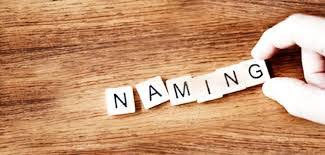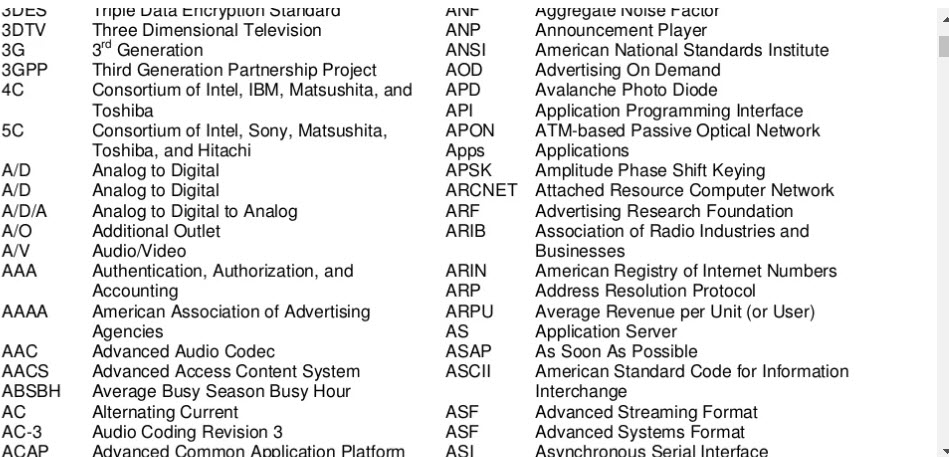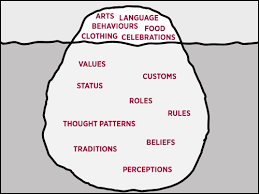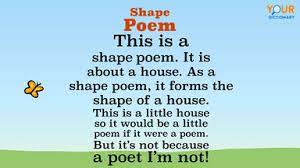Naming Brands Is Hard.
Sorry to go all pet peeve on you again but while driving on the interstate the other day I passed a large white truck with the name IPX Logistics on the side. I scratched my head and wondered what they were delivering. Logistics? Hee hee. Trucking companies now often use the word logistics in their branding — especially for smaller companies. It’s a mistake. As a fan and founder of the Is-Does Club, I like explaining what a brand Is and Does in the name.
Logistics are an important part of transport no doubt. Proper planning can save time and money. However, that only helps if people can find you and know what your company does for a living. If looking to transport stuff a long distance I’m not Googling “Logistics near me.” I’d almost rather use your surname in your brand. At least it shows a sense of fealty and personalization.
Brands aren’t something you build randomly. Obviously, it starts with a good product but then one must convey that goodness, which starts with a communicative name. I worked at a social media company called Zude whose co-founder liked to use the word Dude a lot. Fail.
Naming your company is important. First to you. More importantly it must work for your customer. Take it seriously.
Peace.










